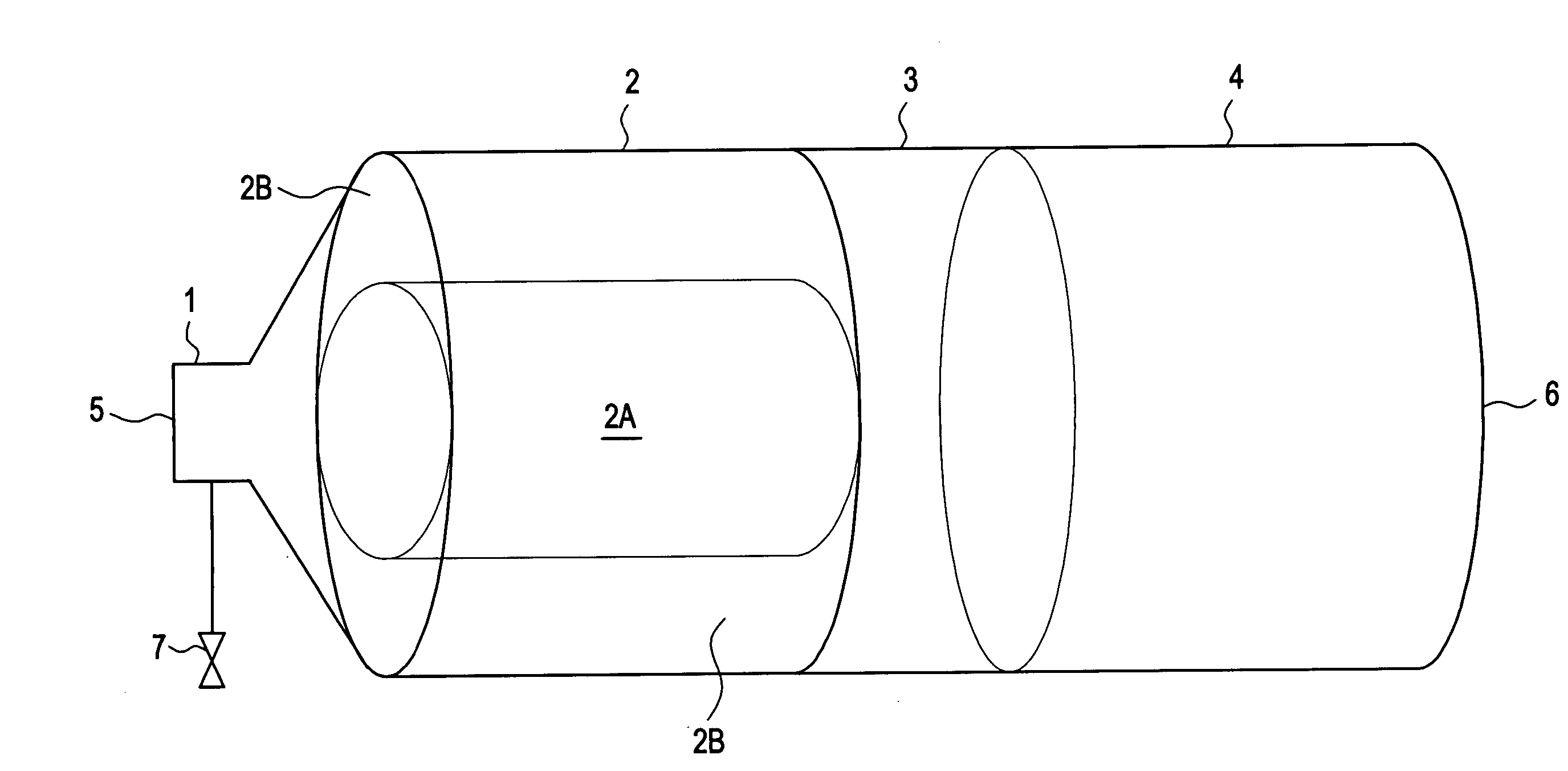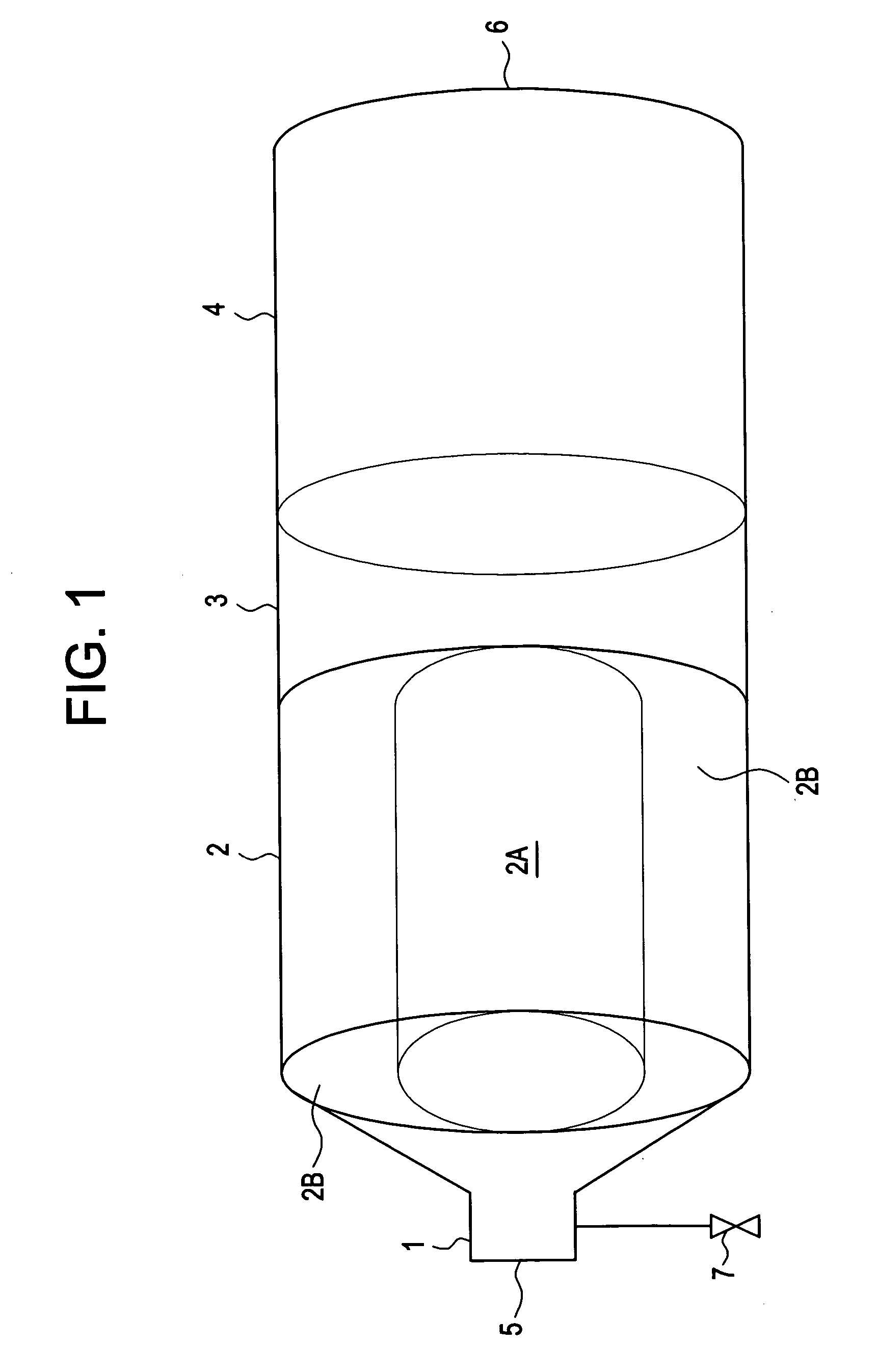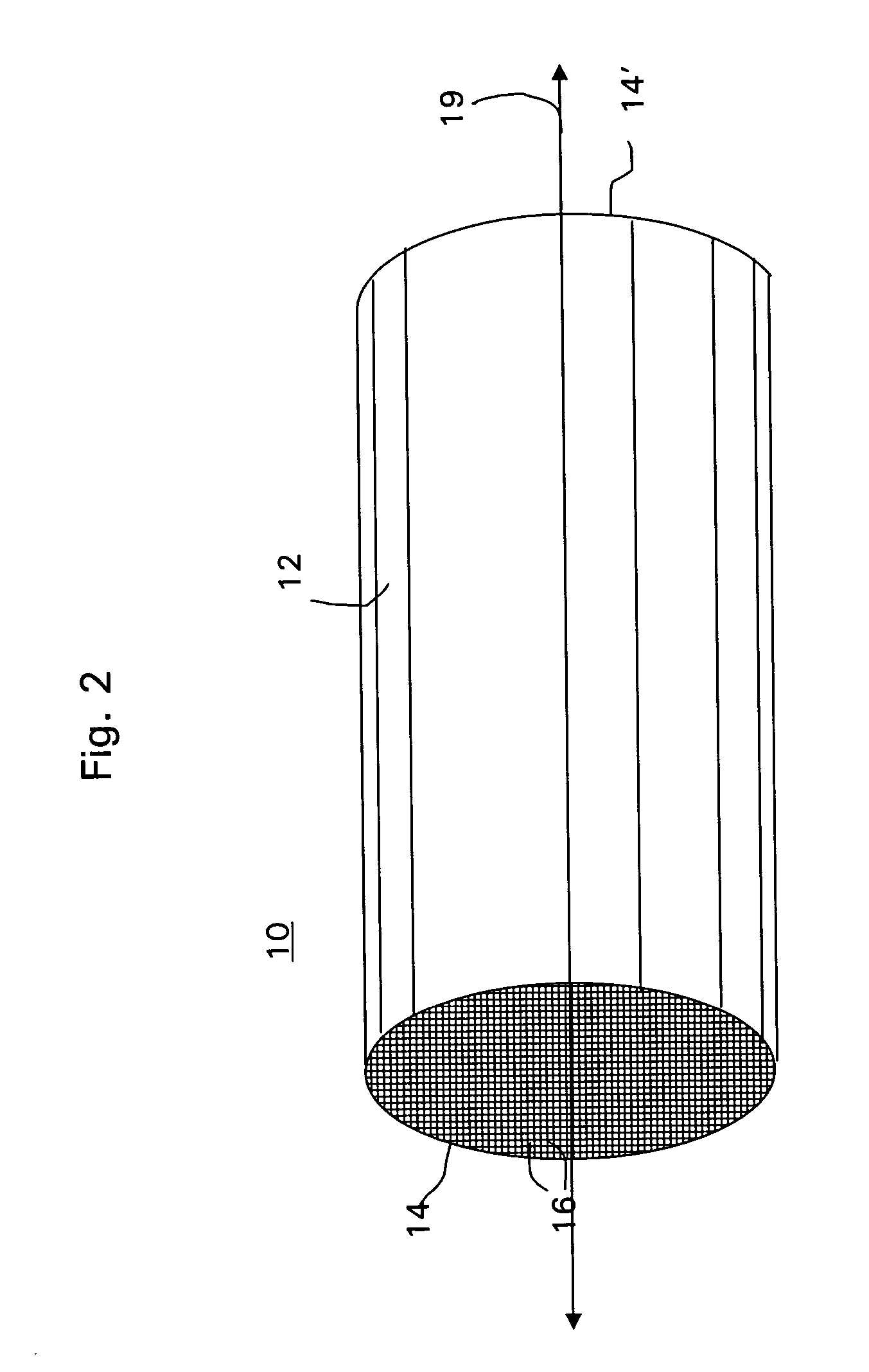Use of a radial zone coating to facilitate a two-stage prox system with single air injection
a technology of radial zone coating and prox system, which is applied in the direction of physical/chemical process catalysts, combustible gas purification/modification, separation processes, etc., can solve the problems of difficult to achieve the threshold level of carbon monoxide below 100 ppm using only a single stage platinum-based catalyst, and difficult to achieve the effect of complete removal of carbon dioxide from the process stream using only the water-gas shift reaction
- Summary
- Abstract
- Description
- Claims
- Application Information
AI Technical Summary
Benefits of technology
Problems solved by technology
Method used
Image
Examples
example 1
Evaluation of a Single-Stage Prox Catalyst Article (Reference Article R1)
[0057] The performance of a single-stage Prox article (Reference Article R1) was determined as a function of the temperature and space velocity. An inlet gas composition containing 50% H2, 0.3% CO and 0.6% O2 (O2 / CO ratio=2) was passed through a honeycomb monolith substrate coated with a preferential oxidation catalyst.
[0058] The preferential oxidation catalyst was prepared in the following manner: SBA-150 alumina powder was impregnated with a solution containing an ammine complex of platinum. Using the incipient wetness method, 2% of Pt was added by weight to the alumina; a volume of a 5% acetic acid solution was added to the impregnation solution to equal 20% of the incipient wetness. The powder was then dried for two hours at 120° C. and calcined for two hours at 500° C. The powder was then impregnated with a solution of copper nitrate. Using the incipient wetness method, 8% of copper was added by weight t...
example 2
Model Study Simulating the Performance of the Downstream Chamber Having a Downstream Prox Catalyst
[0062] This experiment was performed to determine the feasibility of a two-stage Prox article equipped with provisions a bypass zone and upstream catalyst zone. The experiment simulated conditions where a partially treated reformate stream (or intermediate gas stream) has been cooled and homogenized. Using Reference Article R1 as described in Example 1, trials were conducted using an estimated bypass of 20% and 40%, respectively, and at three different space velocities. At each combination of space velocity and bypass, trials at three different inlet temperatures were run.
TABLE 2InletOutletSpaceTemperature%Inlet [CO],[CO],Velocity(° C.)Bypass%Inlet [O2], %ppm12 k / hr100190.0600.1212 k / hr105190.0600.121.612 k / hr110190.0600.123.212 k / hr100400.120.2412 k / hr105400.120.242.012 k / hr110400.120.244.520 k / hr105190.0600.1220 k / hr110190.0600.122.020 k / hr115190.0600.12520 k / hr105400.120.241.420 k...
example 3
Model Study Simulating the Performance of the Downstream Chamber Having a Downstream Prox Catalyst
[0064] Additional studies were conducted to support the bypass concept. Using Reference Article R1 described in Example 1, the inlet temperature was held constant in the trials, while differing percentages of bypass were used. It was assumed that the original reformate (inlet gas stream) contained 0.3% CO and 0.6% O2.
TABLE 3InletInletOutletSpaceTemperature[CO],Inlet [O2],Theoretical,[CO],Velocity(° C.)%%% Bypassppm12 k / hr1100.0600.12194.912 k / hr1100.0950.19314.412 k / hr1100.120.24405.120 k / hr1100.0560.111820 k / hr1100.0900.1830320 k / hr1100.120.24404.530 k / hr1100.0600.12191.230 k / hr1100.0900.18301.830 k / hr1100.120.24403
[0065] The data showed minimal influence of space velocity on outlet CO concentration over the range covered, all other variables being held constant. The data indicate that variation in the design of the bypass using the radial zone coating process will have little impac...
PUM
| Property | Measurement | Unit |
|---|---|---|
| Temperature | aaaaa | aaaaa |
| Temperature | aaaaa | aaaaa |
| Temperature | aaaaa | aaaaa |
Abstract
Description
Claims
Application Information
 Login to View More
Login to View More - R&D
- Intellectual Property
- Life Sciences
- Materials
- Tech Scout
- Unparalleled Data Quality
- Higher Quality Content
- 60% Fewer Hallucinations
Browse by: Latest US Patents, China's latest patents, Technical Efficacy Thesaurus, Application Domain, Technology Topic, Popular Technical Reports.
© 2025 PatSnap. All rights reserved.Legal|Privacy policy|Modern Slavery Act Transparency Statement|Sitemap|About US| Contact US: help@patsnap.com



